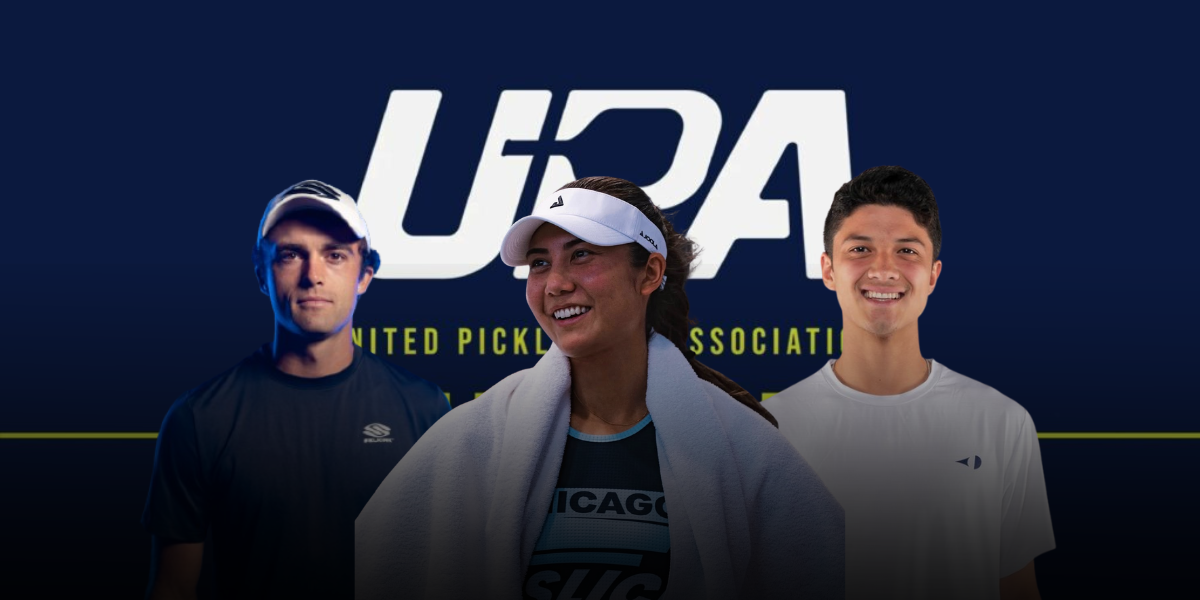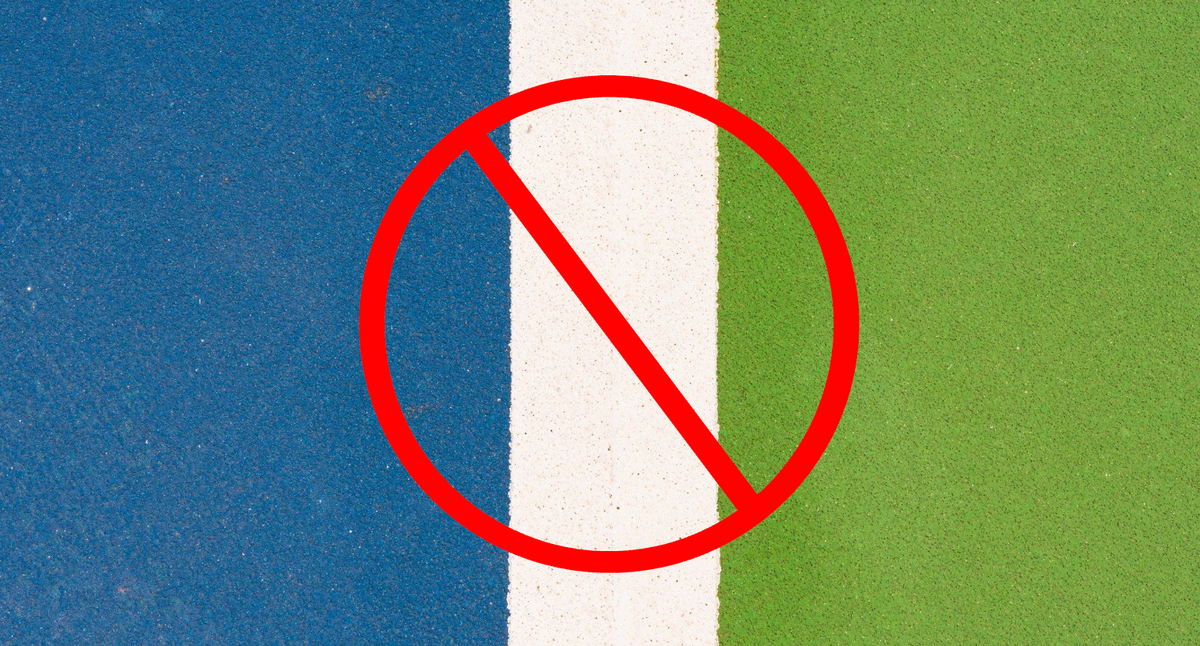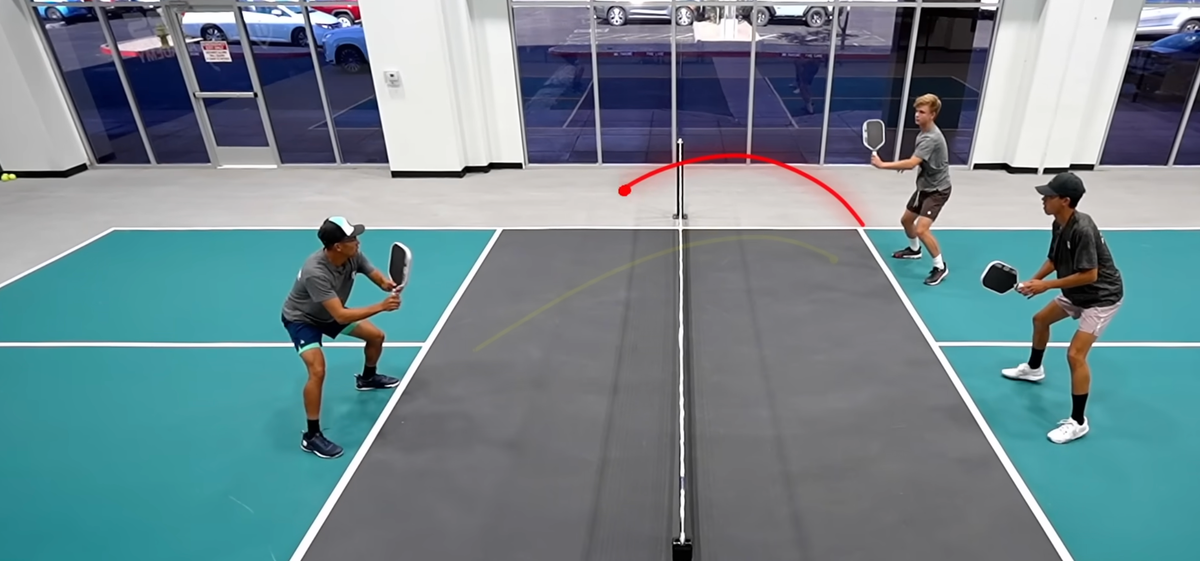 Dekel Bar serving at the PPA Masters in January. PPA Tour
Dekel Bar serving at the PPA Masters in January. PPA TourDekel Bar
Feb 06, 2024 11:30 AM ET
The serve is a shot in pickleball we all love to talk about. What is the purpose of the serve? Are certain serves/service motions legal? Should the serve be used as a weapon?
There have been many rule changes to the serve in the last few years, some to make it easier for people to serve (legalizing the drop serve) and some to make it easier for people to return (getting rid of the spin serve). However, the main issue often circles back to making the serve less of an advantage. But why?
 Dekel Bar's serve at work. PPA Tour
Dekel Bar's serve at work. PPA TourBigger serves in pickleball mean better third shots, which means all four players make it to the kitchen more often, which makes for more interesting points. Spectators often complain about watching long dink rallies, so encouraging athletes to develop their serves into a weapon leads to a more aggressive and faster paced game, which spectators seem to enjoy more.
In 2023 MLP Premier Level, from 18,237 returns hit, 97.8% of returns were made (RealClearStats). In the group stages of the PPA Tour Finals in the men’s doubles division, we had 4 of the biggest servers in the game: Dekel Bar, Tyson McGuffin, James Ignatowich, and Ben Johns. In two of the matches, we had three of those players on the same court. In those two matches, only 8 returns were missed out of 248. That’s a bit over 3%, which means almost 97% of returns were returned successfully! This is not a large number of unreturned serves.
In tennis, close to 40% of serves are not returned. That is simply a part of the game. While we don’t want to be like tennis and have so many 1-2 shot rallies, we clearly are not! Many of the return errors in pickleball come from a bad bounce or are simply an unforced error. Athletes will always try to get the biggest advantage they can and should be encouraged to do so. You should be rewarded for having a skill.
 Dekel Bar honing his serve. PPA Tour
Dekel Bar honing his serve. PPA TourEnforcing serving rules is difficult, as it is challenging to know exactly where the ball is being struck (contact point cannot be higher than the naval). Referees often have to make judgment calls, which is obviously not the most accurate measure. To that I say, let’s help our referees. We can use cameras that we have on the main courts to help make more accurate calls. Players could have the ability to challenge the serve and refs could have playback capabilities to watch it in slow motion. The kitchen ref could track the serve contact point closely (helping the main ref as there can be no kitchen faults yet). A better/easier highest point of contact could be implemented for the refs to judge: the hip joint?
It is not entirely clear which option is the best and/or most feasible. However, making the serve less of a weapon and taking out the great variety of serves is certainly not the solution. Let’s help create a system that is easier to enforce and showcases our sport in the best way, instead of creating new rules that are harder to enforce and keep up with.
Follow Dekel on Instagram (@dekelbar_pb) to learn more about his life on and off the court.
Anuncie Aqui / Advertise Here
Sua marca para o mundo Pickleball! / Your brand for the Pickleball world!

 English
English  Spanish
Spanish  Portuguese
Portuguese  German
German  Italian
Italian  Japanese
Japanese  French
French  Polish
Polish  Russian
Russian  Netherlands
Netherlands  Hungarian
Hungarian  Turkish
Turkish  Videos
Videos 






 English (US) ·
English (US) ·  Portuguese (BR) ·
Portuguese (BR) ·